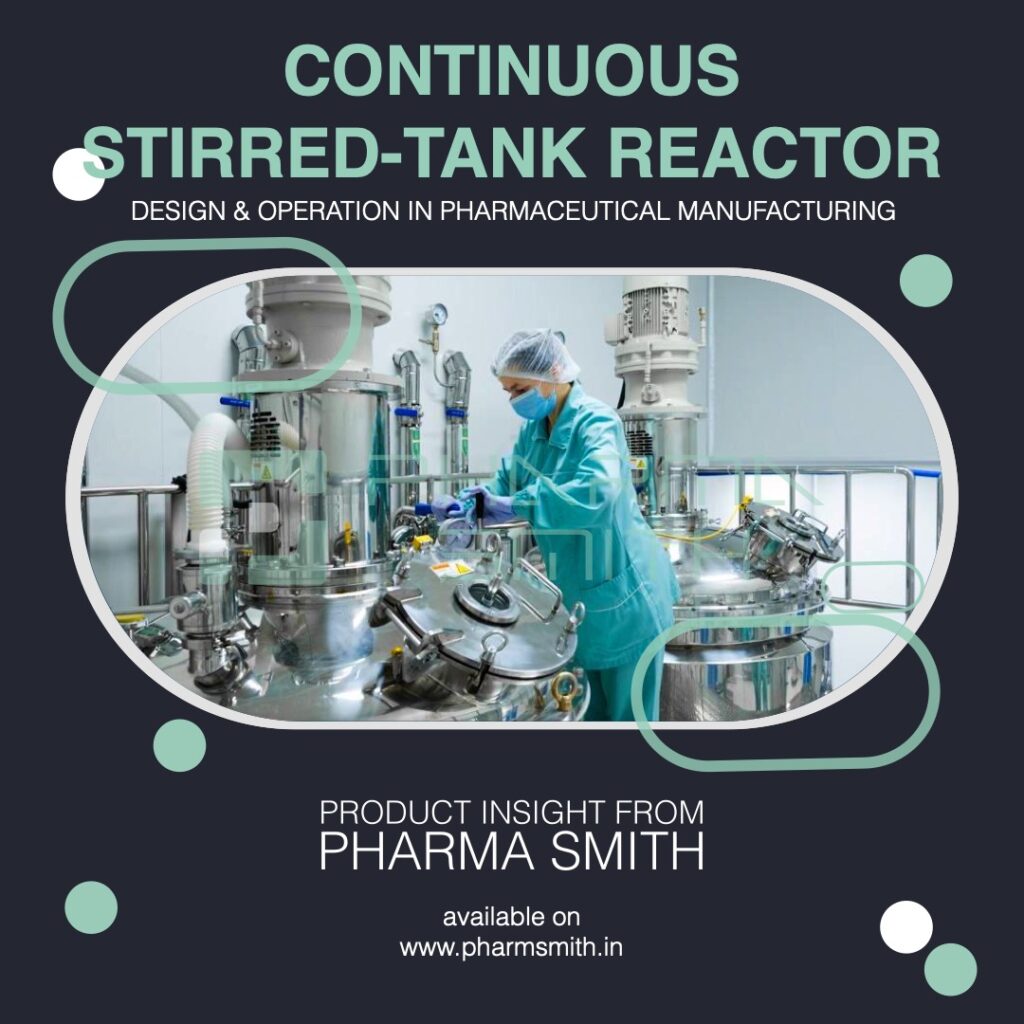Imagine walking into a pharmaceutical manufacturing facility, where precision and efficiency are the cornerstones of every process. Each piece of equipment is meticulously designed to ensure optimal performance. Among the various reactors in the industry, the Continuous Stirred Tank Reactor (CSTR) stands out as a key player. Let’s delve into the intricate design and operation of CSTRs and explore how they impact the pharmaceutical manufacturing industry.
Understanding the Basics
A Continuous Stirred Tank Reactor (CSTR) is a type of chemical reactor where the reactants are continuously fed into the reactor, and the products are continuously removed. This design ensures uniform mixing and consistent reaction rates1. In the pharmaceutical industry, where precise control over reaction conditions is crucial, CSTRs provide an edge by maintaining stable conditions throughout the process.
Design Considerations
Mixing Efficiency:
One of the critical aspects of CSTR design is ensuring efficient mixing. Proper mixing prevents concentration gradients and ensures that all reactants are uniformly distributed2. This is especially important in pharmaceutical manufacturing, where uniform product quality is paramount.
Temperature Control:
Maintaining the optimal temperature is essential for the desired reaction rate and product quality. CSTRs are equipped with advanced temperature control systems to ensure that the reaction proceeds under ideal conditions.
Residence Time:
The time that reactants spend in the reactor, known as residence time, is a vital parameter. By adjusting the flow rates, operators can control the residence time to achieve the desired conversion and yield
Operational Techniques
Feed Strategy:
The way reactants are introduced into the reactor can significantly affect the overall performance. For instance, using multiple feed points can enhance mixing and reduce hot spots.
Flow Dynamics:
Understanding the flow dynamics within the reactor helps in optimizing the reactor’s performance. Computational Fluid Dynamics (CFD) simulations are often used to study and improve the flow patterns.
Scale-Up Considerations:
Scaling up from a laboratory to industrial-scale production poses several challenges. Ensuring that the reactor design can handle increased volumes while maintaining efficiency is crucial
Pharma Smith’s CSTR Solutions
Pharma Smith offers a range of CSTR solutions tailored to the pharmaceutical industry. They provide reactors with advanced mixing and temperature control features, ensuring that their CSTRs meet the stringent requirements of pharmaceutical manufacturing. Additionally, Pharma Smith offers dust collectors at various price points to complement their reactor solutions, ensuring a clean and safe working environment.
Conclusion
The design and operation of Continuous Stirred Tank Reactors play a pivotal role in pharmaceutical manufacturing. By focusing on efficient mixing, precise temperature control, and optimized residence time, CSTRs help achieve consistent product quality and high yields. Pharma Smith’s innovative solutions ensure that their clients can leverage these benefits to the fullest. How will you optimize your processes to stay ahead in the competitive pharmaceutical industry?
